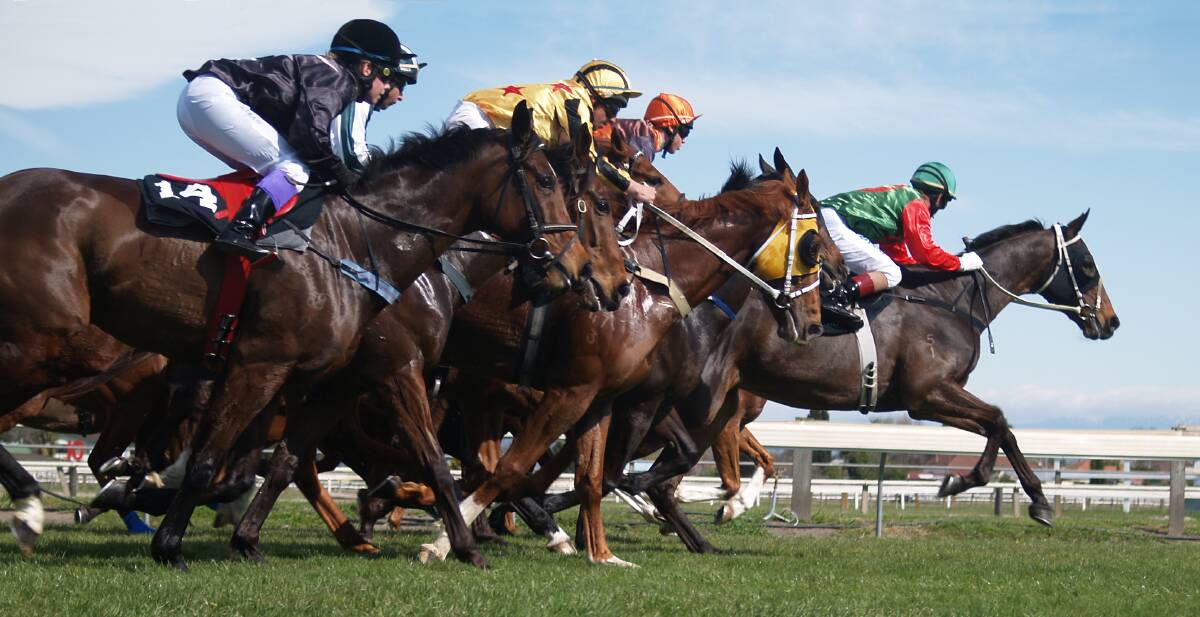How to read horse racing odds?

This article is in partnership with Ladbrokes.
You see them everywhere when you look for horse racing odds. You see them in magazines and newspapers, online, on television and radio, and even on billboards that advertise upcoming events.
Odds are all around you when it comes to horse betting, but what do they mean? Understanding odds is essential if you want to be successful at betting on horses.
But how do you decipher the meaning of these seemingly random numbers? Understanding the basics of how to read horse racing odds can help you achieve success in your bets.
What are horse racing odds?
Odds are numerical representations of how likely it is that a certain event will occur. Horse racing odds are calculated based on the probability of each horse winning a given race, along with how likely it is that each horse will finish in the money (place).
For example, if a particular horse has a 10/1 betting odds, it means that the bookmaker believes there is a 10 per cent chance that the horse will win the race and a 90 per cent chance that it will finish in the money.
There are two types of odds that you will see when you are looking at horse racing betting odds. These are decimal odds and fractional odds.
Fractional odds are the most common type of odds that you will see when you are betting on horses.
Decimal odds are a bit less common but still worth knowing about.
Decimal odds
Decimal odds are usually found in European racing. These are easy to understand and allow you to quickly compare how likely it is that you will win with each horse.
A 1.96 decimal odds means that for every $100 you bet, you will earn $196 if your horse wins. Decimal odds are calculated by dividing the stake (the amount you bet) by the return (the amount you win).
For example, if you bet $100 on a horse with 1.96 decimal odds, you will receive$196 for your win. $100 divided by 1.96 = $196. If a race is expected to be very close, bookmakers will tend to offer lower decimal odds.
This means that the probability of each horse winning will be lower, and they will need to offer smaller payouts in order to stay profitable. A horse with low odds can often be a good bet as it is expected to have a low probability of winning.
Fractional odds
Fractional odds are the most common type of horse racing odds. They are used in almost all betting markets, including both traditional outright markets and exotic betting (which includes things like trifectas and place bets).
Fractional odds are calculated by dividing the total amount you can win by the amount you bet. For example, if you bet $100 on a horse with fractional odds of 5/1, you will win $500. $500 divided by $100 = 5.
Fractional odds are calculated as a "return to winning" ratio. This means that for every$1 you bet, you will receive $5 if your horse wins. Conversely, if your horse finishes second, you will win $1 for every $5 you bet. And if your horse finishes third, you will win $4 for every $5 you bet.
Understanding the basics of betting odds
Betting odds are simply a way for bookmakers to show you how likely it is that each horse will win or place. The lower the odds, the less likely it is that each horse will win - meaning there will be fewer payouts.
The higher the odds, the more likely it is that each horse will finish in the first three places - meaning there will be more payouts. In general, it is better to take longer odds at the start of a race.
As the race progresses, and the favorite draws closer, the odds will shorten. This means that a horse that was originally a long shot may now have shorter odds. If a horse has shorter odds, it means that the bookmakers now consider it to be a more likely winner.
Handicapping and outsiders
Handicapping lets you more accurately predict the outcome of a race by considering each horse's form, jockey, trainer, and track history. By studying the form of each horse, you can get an idea of which animals are performing well and which ones may not be performing as well.
This information can be crucial when it comes to betting on horses. Outsiders are horses that do not have particularly good form but are expected to perform well in the given race. For example, in a Grade 1 race, it is unlikely that an unraced 2-year-old will win.
However, they will generally have relatively long odds. If 2-year-olds run in a race with experienced 3-year-olds, they are expected to perform poorly. However, they may have very long odds.
Conclusion
Horse racing odds can be a bit confusing at first, but once you understand the basics, it can be a very rewarding experience. Successful horse betting comes down to more than just looking at the odds, though.
It also comes down to knowing how to use those odds to your advantage. This means learning how to handicap and make strategic bets based on the information you have learned.
Gamble responsibly. Contact the Gambling Helpline for free and confidential support, information and counselling on 1800 858 858 or visit www.gamblinghelponline.org.au.


